 Fun Games and Activities
Fun Games and Activities
for Children with Dyslexia How to Learn Smarter with a Dyslexic Brain Alais Winton Illustrated by Joe Salerno  Jessica Kingsley Publishers
Jessica Kingsley Publishers
London and Philadelphia Contents CHAPTER 1 A Very Special
Letter My name is Alais (pronounced Alice) and I am dyslexic. Being dyslexic can mean different things to different people, but it usually means that spelling and reading can be difficult. The good thing about being dyslexic is that it can mean that you are very creative and can think in pictures instead of words. Some time ago I was sent a very special letter. It was written by Hannah, who was ten when she wrote the letter. I had spoken to Hannahs mum on the phone and she told me that Hannah was finding spelling tests and reading in school hard.
Hannah wanted to write me a letter to tell me what being dyslexic was like for her. This is what she wrote: 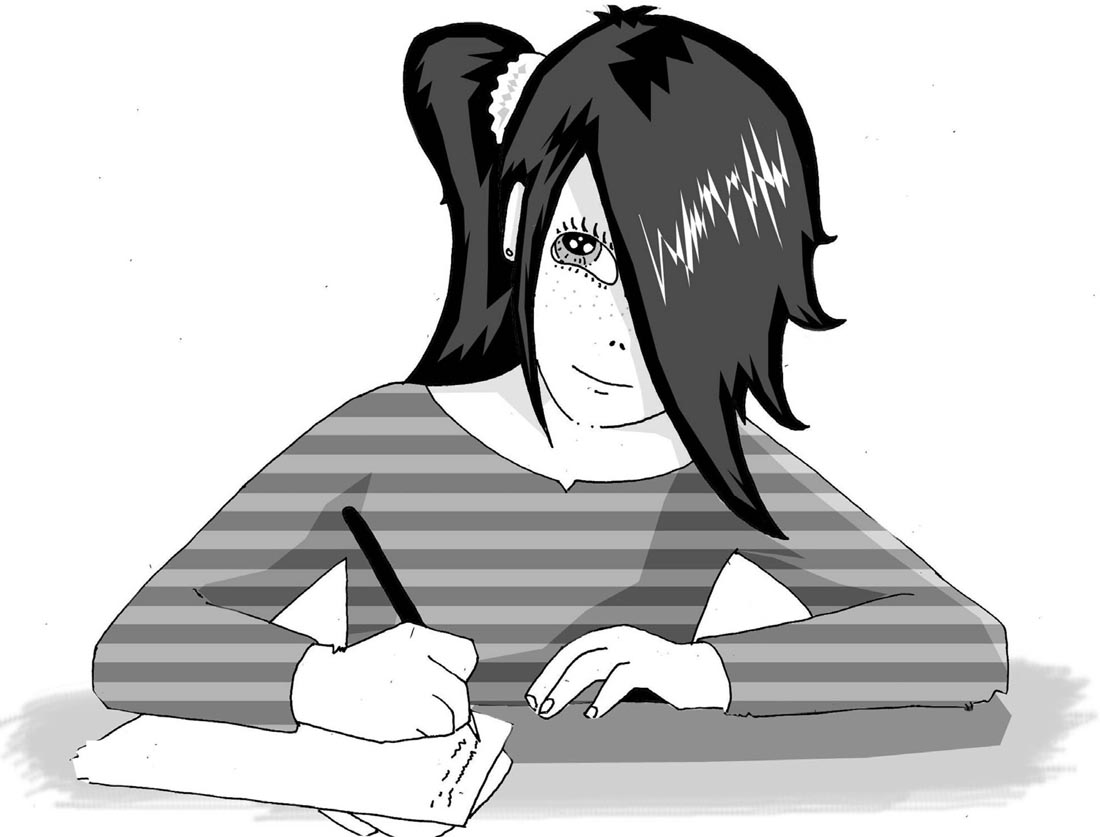 Dear Alais Winton, I find Dyslexia as a good thing but then also a bad thing. One good thing is I get a lot of support in my class. My mum says that people who are dyslexic succeed and I believe her. My teacher tries to teach me but in writing and reading I sometimes dont get it. One bad thing is in class I feel like Im not as good as other people.
Dear Alais Winton, I find Dyslexia as a good thing but then also a bad thing. One good thing is I get a lot of support in my class. My mum says that people who are dyslexic succeed and I believe her. My teacher tries to teach me but in writing and reading I sometimes dont get it. One bad thing is in class I feel like Im not as good as other people.
Some teachers just make me do easy work. Sometimes I have to move away from my friends, which makes me feel sad as I have no support from the other children on that table. I love Drama and Art and History. In school I find spelling hard and usually get four out of fifteen, maybe ten out of fifteen, which is not a lot according to my teacher. Hopefully you can help me as I feel left out, and not as good as other people. I was really moved by Hannahs letter.
She did make some spelling mistakes (which I have corrected), but I was able to understand everything she was saying in this letter. When I was in school I remember feeling the same as Hannah: sometimes I just didnt get it and I couldnt understand why. I didnt find out that I was dyslexic until I was eighteen and, when I did, I wasnt sure at first what it meant. I think Hannah was really brave and honest in her letter, and it made me very sad to hear that she didnt feel as good as other people. I have been a teacher for a long time (and a learner, too) and I really believe that learning should be fun and make you feel good about yourself by finding out what you are good at. I did some work with Hannah.
When I met her I realised that, even though she found spelling and reading harder than people who were not dyslexic, she was very bright. She thinks about things very deeply, and has at times asked me questions that adults may not have thought of. People think in different ways because we dont all have the same kind of brain. This means that people also learn in different ways. Most subjects in school (apart from Art and Drama) have a teacher standing at the front of the class explaining what is on the board, and the children write notes. For many people, especially those who are dyslexic, this method does not work very well.
If your English and Maths lessons are not often like this, you probably have a super smart teacher who might also be a bit of a rebel lucky you! But if sitting and writing notes sounds like the classes at your school, and it doesnt work well for you, take the following quiz to find out what is your best learning style. You may get a high score in more than one area; this will just mean that you can mix and match and choose which method you want to use. Learning styles statements: Is it true for you? Read these statements and decide whether they are true for you, answering yes, maybe or no. Score one point for yes, half a point for maybe and zero points for no. Add up the totals for each style and see which method works best for you. Visual-Spatial (picture thinker) best games and activities found in Chapters 2 and 3 O You think in images or pictures and not in words.
O You often find yourself doodling when you are making notes. O You find it easier to understand something if there is a diagram, picture or video. O You prefer games which use visual skills, for example Pictionary, pairs or a games console. O You can imagine how things would look from different points of view. Physical (movement thinker) best games and activities found in Chapters 2 and 4 O You prefer PE and practical lessons. O You like to think about things whilst doing something physical, such as walking or running.
O You find it difficult to sit still in class and other people have described you as a fidget. O You take part in a sport or exercise outside of school time. O If you are learning something new, you prefer to do this in an active hands on way, rather than read a book or follow written or verbal instructions. Musical (music thinker) best games and activities found in Chapter 5 O You listen to music on your MP3 player or phone whenever you can. O You wouldnt want to think about a world without music. O You play an instrument or sing.
O You often find yourself thinking of music from TV programmes or adverts. O When you listen to music you find yourself tapping out the beat. Interpersonal (people person) best games and activities found in Chapter 6 O You like to work with other people as part of a team. O Other people come to you to ask for advice. O You are good at talking to people and sorting out any arguments. O You are sociable and would rather be out with friends than home alone.
O You prefer to talk about any problems with other people rather than trying to deal with them by yourself. (Adapted from Gardener 2006) Make a note of which style your highest score was in. You could try activities and games from all the following chapters but the one about your strongest learning style will usually work best for you. So, why not start with that chapter first and then check out the rest. You may find that you get a high score in more than one learning style this just means that you can mix and match activities from different chapters.  Spelling sculptures This activity will be helpful to anyone who scored high in the learning styles quiz in visual-spatial learning (picture thinker) or physical learning (movement thinker), since the colour and image will suit a visual brain and the hands on bit of the task will suit a physical brain.
Spelling sculptures This activity will be helpful to anyone who scored high in the learning styles quiz in visual-spatial learning (picture thinker) or physical learning (movement thinker), since the colour and image will suit a visual brain and the hands on bit of the task will suit a physical brain.  Spelling sculptures This activity will be helpful to anyone who scored high in the learning styles quiz in visual-spatial learning (picture thinker) or physical learning (movement thinker), since the colour and image will suit a visual brain and the hands on bit of the task will suit a physical brain.
Spelling sculptures This activity will be helpful to anyone who scored high in the learning styles quiz in visual-spatial learning (picture thinker) or physical learning (movement thinker), since the colour and image will suit a visual brain and the hands on bit of the task will suit a physical brain.
What to do Make a list of words which have been spelt incorrectly. This could be: Words misspelt for a spelling test you have already done Words in written work corrected by a teacher Words from a mind map or homework that a parent has corrected Words you have been told to learn how to spell for a test or exam. Only work on six or seven words at a time. Difficult words to spell could include friend and guitar as they are spelt differently to how they sound. Make sure you have the correct spelling to hand or ask someone to help you. Lay out the correct spelling using letters from a bathtime alphabet set as a guide.
Make each letter using plasticine. Use a different colour for each letter and make sure each letter can stand up. Spend some time looking at your plasticine sculpture (anything between 30 seconds and 3 minutes). Try to think of this as a piece of artwork and not a word. Close your eyes and try to picture your sculpture in your mind. If you are unsure, look again and then close your eyes again.
Next page
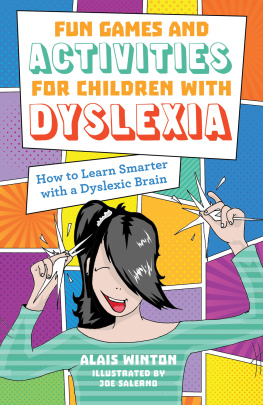
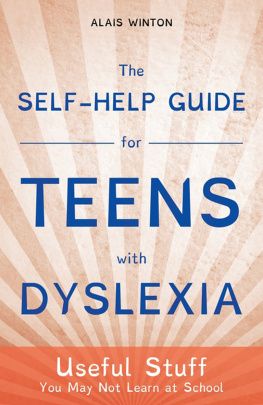
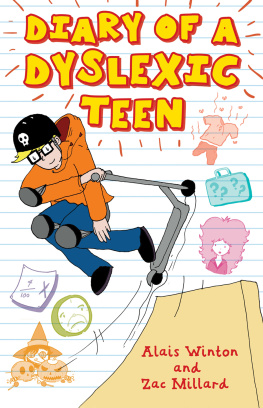

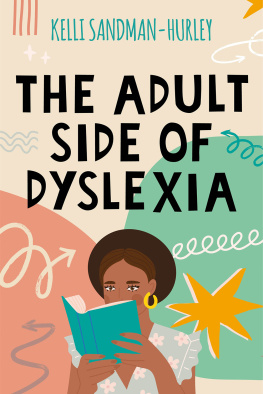
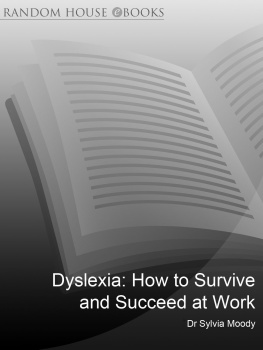

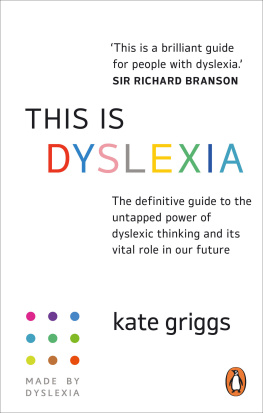
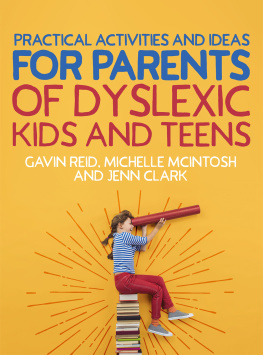

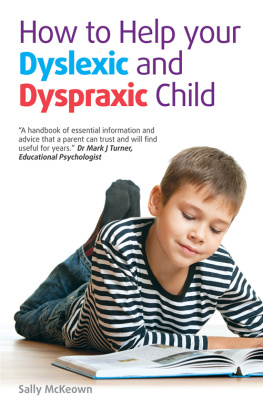
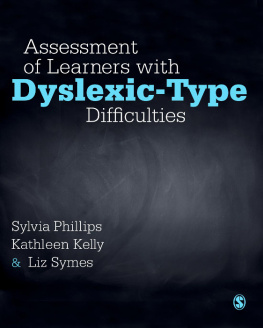
 Fun Games and Activities
Fun Games and Activities Jessica Kingsley Publishers
Jessica Kingsley Publishers Dear Alais Winton, I find Dyslexia as a good thing but then also a bad thing. One good thing is I get a lot of support in my class. My mum says that people who are dyslexic succeed and I believe her. My teacher tries to teach me but in writing and reading I sometimes dont get it. One bad thing is in class I feel like Im not as good as other people.
Dear Alais Winton, I find Dyslexia as a good thing but then also a bad thing. One good thing is I get a lot of support in my class. My mum says that people who are dyslexic succeed and I believe her. My teacher tries to teach me but in writing and reading I sometimes dont get it. One bad thing is in class I feel like Im not as good as other people.